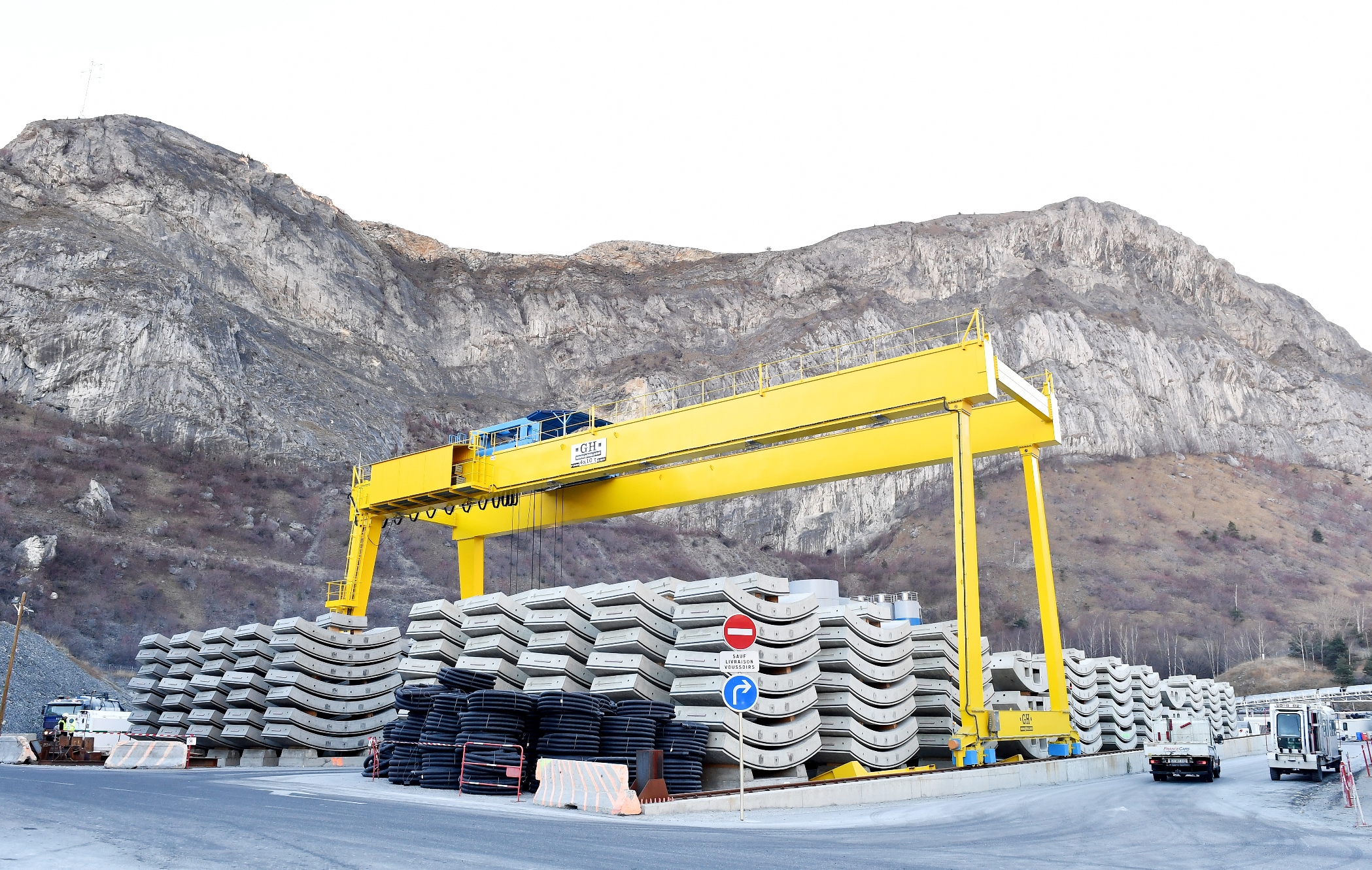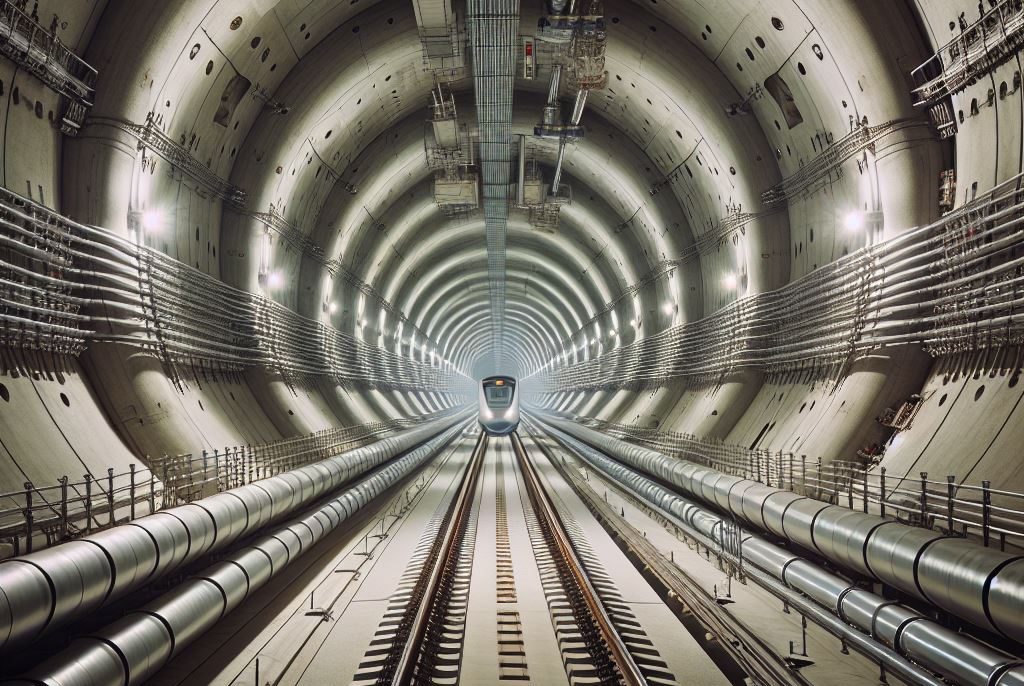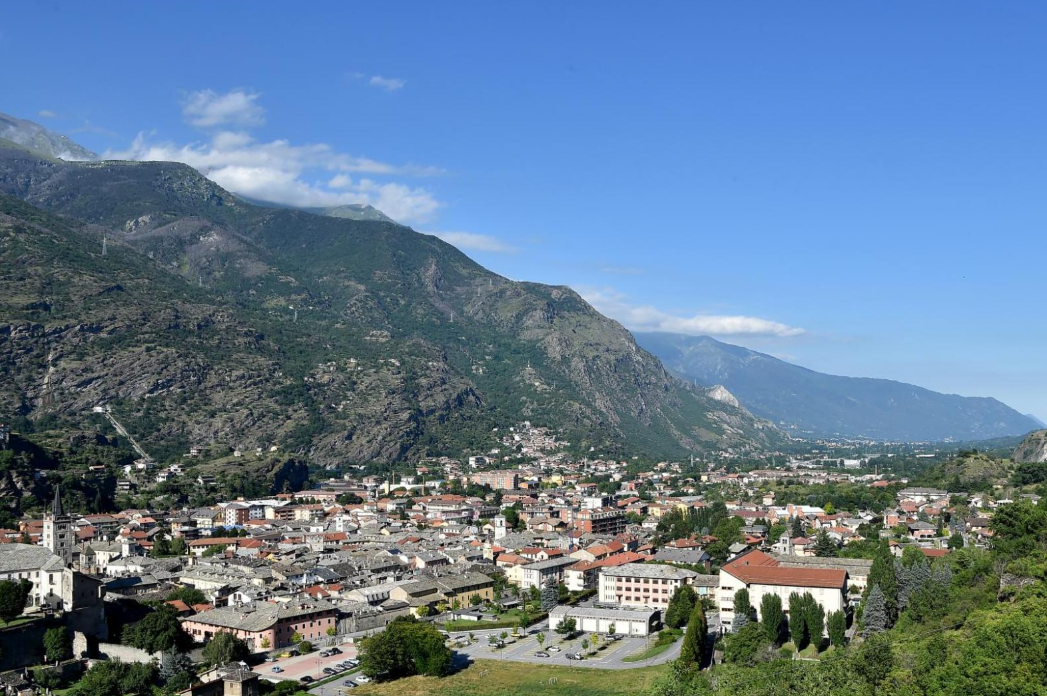Authors: E. Hugot, J. Burdin, L. Brino, P. Schriqui, M.E. Parisi
The 57.5 km long Montcenis Base Tunnel will link up Saint-Jean-de-Maurienne in France to Bussoleno in Italy, with some 45 km being excavated on the French side producing almost 27 million tons of material.
The exploratory works already carried out have shown the presence of sulphates within the excavated material, which could not allow the production of concrete aggregates according to the dedicated standards.
TELT has launched tests as part of a research and development programme focused on developing concretes produced with sulphated aggregates by using specific cements. The results are very encouraging.
However, taking into account the boring progress and the small available space at the Villarodin-Bourget/Modane jobsite, the implementation of the chemical analysis of the excavated material is being critical, and especially for the SO3 content, with the convenient accuracy and within a very short notice. The only reliable way to do this is to set up a chemical characterisation unit on site directly on the conveyor belt, for example a Prompt Gamma Neutron Activation Analysis (PGNAA)-type unit. Tests have been implemented on behalf of the French atomic energy commission (CEA) in order to certify the use of this kind of equipment.
This paper is presenting all the information regarding the Villarodin-Bourget/Modane jobsite, the quality and the quantity of the dedicated excavated material, the need of aggregates and the details of all the tests carried out.



